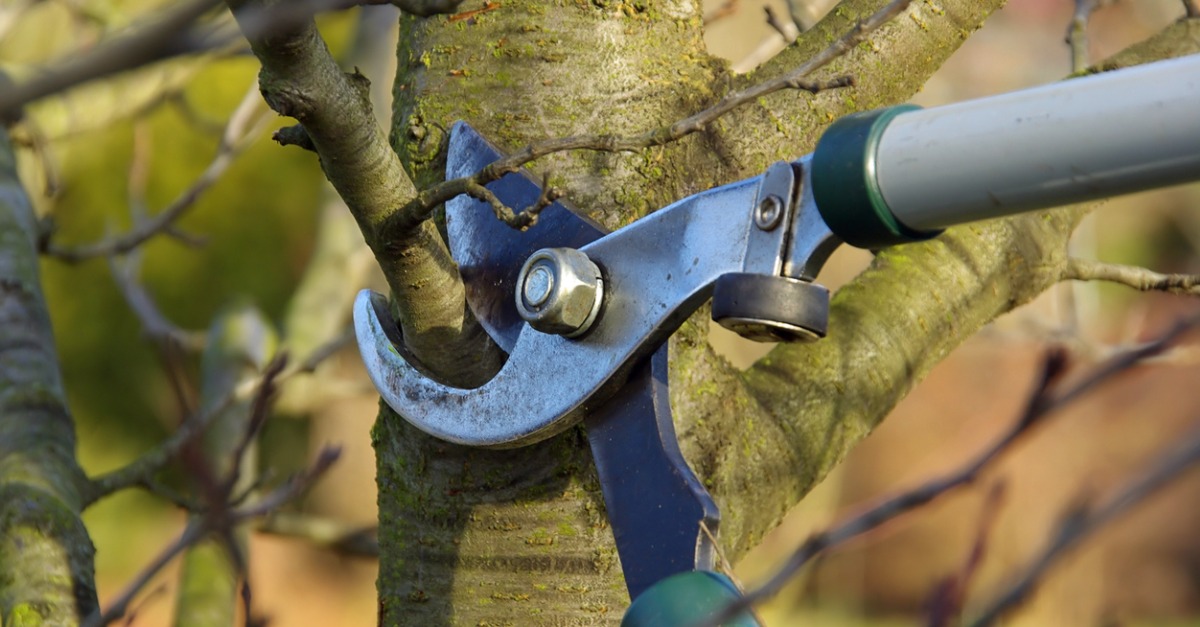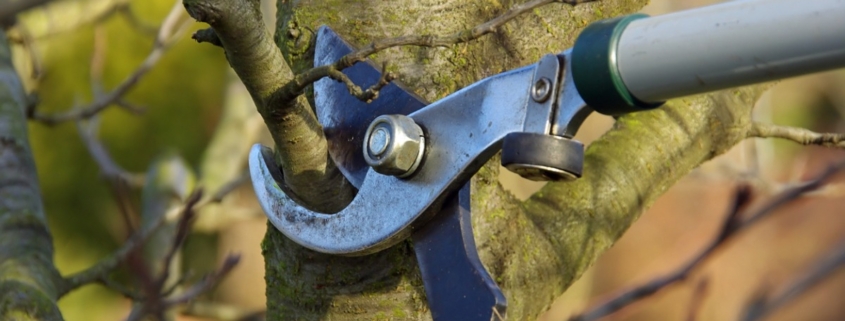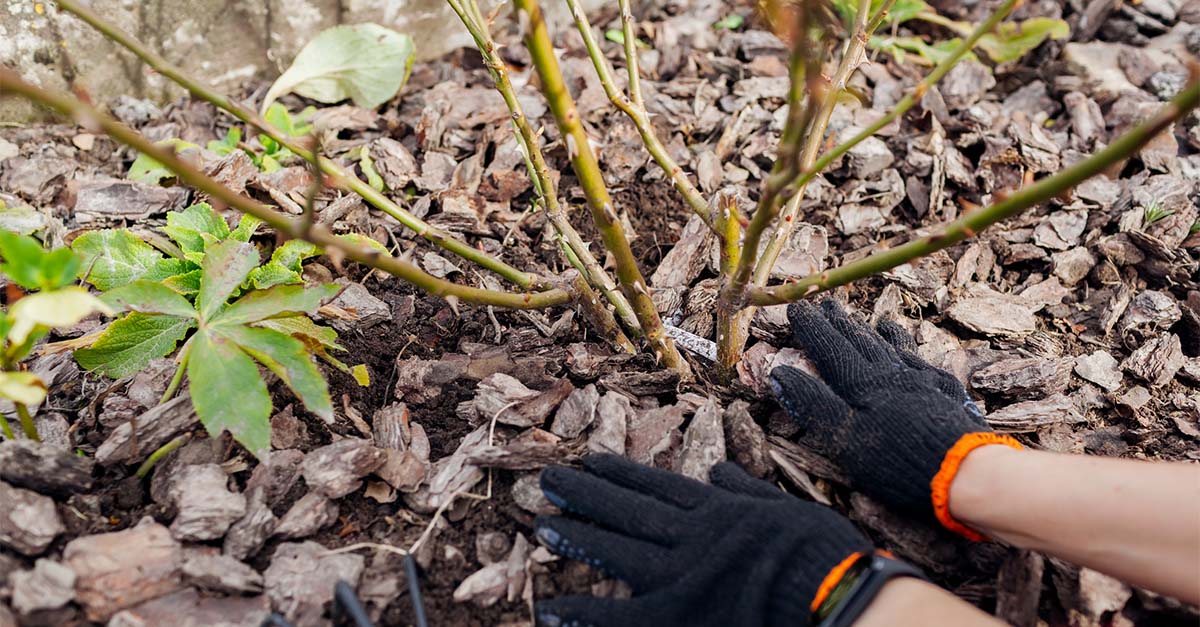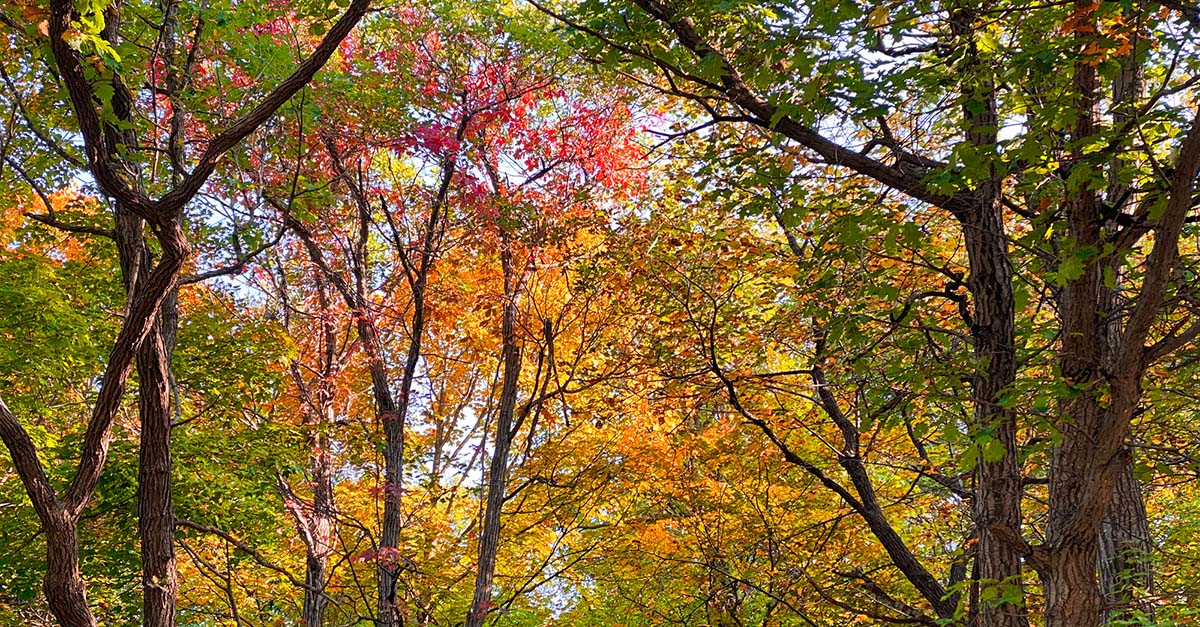Prune in the New Year: How Trimming Can Give Your Trees a Fresh Start
Winter may not be the first season that comes to mind when you think of tending to landscape. Yet, for your trees, it could be an important time to provide a fresh start with some pruning. Here’s everything you need to know about the best time of year for pruning and how it can benefit your trees.
Why Prune Your Trees?
Tree pruning is much more than shaping leaves and branches to look a certain way. Pruning can be done on virtually any plant, and involves the strategic removal of stems and branches. While aesthetics can certainly factor into your pruning goals, there are also other important reasons to prune trees:
- Maintain the tree’s health: By removing dead, injured, or diseased branches, you’ll eliminate any weak spots so other areas can thrive. You’ll also help to keep invasive pests at bay.
- Control the plant’s size and density: Pruning prevents trees from becoming too large or cumbersome. Plus, pruning at-risk branches which have become decayed or obstructive to nearby structures will also help to protect people and property.
- Encourage future flowering: Pruning can be done strategically to maximize the production of fruits and flowers in the coming season. Typically, professionals will prune the tree so there’s more room for growth at the canopy, which can allow for greater light penetration and flower formation.
- Rejuvenate older or overgrown trees: Here’s where you can give new life to trees that may have gone a bit neglected. Pruning can give overgrown trees enough space and resources to produce new, hearty growth, enabling them to thrive once again.
When Is the Best Time for Pruning?
The best time of year to prune your trees and shrubs will depend on their type. In most cases, the winter season when growth slows or stops completely, and before the springtime bloom is ideal.
For deciduous trees such as maples and beeches, late winter, including February and March, is the best time to prune. With no new foliage to work around, tree specialists have a clear view of the tree so they can remove branches as needed. Oaks, however, should be pruned even earlier, around December or January.
Fruit trees, too, should be pruned during a period of dormancy. Because pruning can make trees more vulnerable to freeze damage, it should be done late enough in winter that any risk of extreme cold has subsided.
Most evergreen trees, including spruce, pine, and fir, require very little pruning. You may still want to remove dead, low-hanging branches, however. These can be pruned in late winter, although it’s usually possible to remove branches any time of year without risking damage to evergreens. If you’re seeking denser growth, the shoots of evergreen trees such as spruce and firs can be pruned in early spring.
Pruning larger trees is an activity best left to the professionals, but even the experienced yard enthusiast may need some tips. Allow our expert team to remove any dead branches safely and effectively this season so your trees can thrive through the rest of the year. Schedule an appointment by calling 404-252-6448 or by contacting us online.










